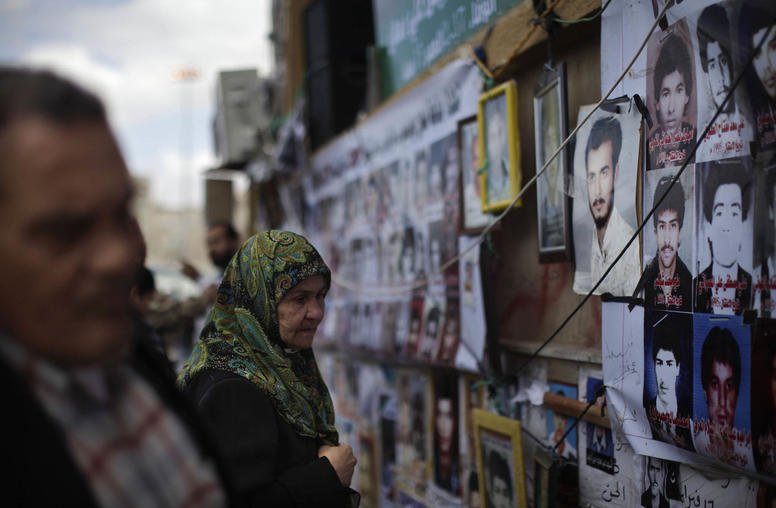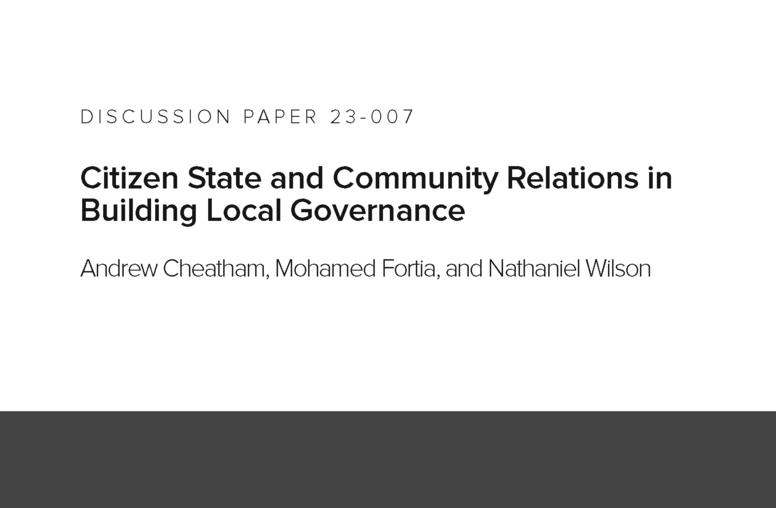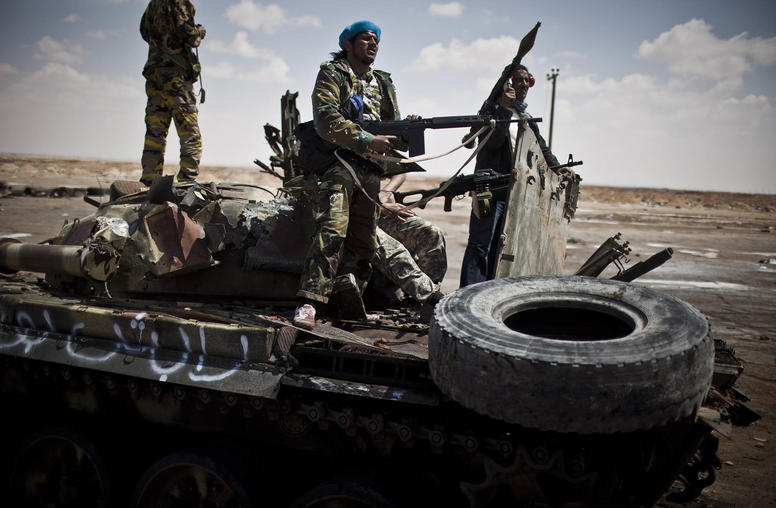Peace: Trending Positive
At USIP’s second annual conference on conflict prevention, experts discussed how new data shows that peace is on the uptick – and what’s behind this positive trend.
PEACE STATS: DOING BETTER – Despite two major wars that have dominated the past decade, and the addition of the conflict in Libya, the first years of this new century have actually seen a higher “success rate” for ending conflict around the globe, says Gareth Evans, speaking at USIP June 1. Evans, president emeritus of the International Crisis Group and chancellor of Australian National University, was the keynoter at USIP’s second annual conference on “Preventing Violent Conflict.”
Only about 55 percent of the peace settlements brokered in the 1990s remained intact after their first five years. But in the first several years of this century, there has been a much higher success rate of sustained peace, he said – roughly 85 percent success rate, according to Evans. “Negotiators trying to put together international peacebuilding missions that won’t fall apart, and those then charged with holding them together, are I think now very conscious of five basic imperatives, and we are getting better at delivering them in practice,” he said. Evans cited data from the Human Security Report, compiled by a team led by Andrew Mack, now affiliated with Simon Fraser University in Canada.
FIVE IMPERATIVES FOR PEACE – Evans said there are five such precepts for ending or preventing conflict: One: determine who should do what and when. Two: Commit the necessary resources, and sustain that commitment for as long as it takes. Three: Understand the local political dynamics, and the cultural and other limits within outsiders must operate. Four: recognize that multiple objectives have to be pursued simultaneously (from security to rule of law to economic governance and others). Five: All intrusive peace operations need an exit strategy.
WHY GARETH EVANS IS OPTIMISTIC - Since the early 1990s, there has been “an extraordinary decrease in the number of wars, the number of episodes of mass killings and the number of people dying violent battle deaths,” Evans said, according to the latest Human Security Report. Serious conflicts, for example, which are defined by those with 1,000 or more reported battle deaths per year, and mass killings have seen an 80 percent decline since the early 1990s, he said. “Though a number of significant new conflicts did commence, and a number of apparently successfully concluded conflicts did break out again within a few years - though less recently than in the 1990s - many more conflicts have stopped than started,” he said.
BATTLE DEATHS: “A STRIKING DECREASE.” – In most years between the 1940s and 1990s, there were over 100,000 reported battle deaths, and sometimes as many as 500,000. But the average for the first few years of the 2000s has seen fewer than 20,000, he said. The total deaths for Iraq and Afghanistan coalition military deaths is about 7,300 since 2001, according to icasualties.org. Civilian and deaths of insurgents and militants are far harder to calculate, but are considered to be in the tens of thousands for each war.
WHAT IS DRIVING THE TREND? – The decline in wars and battle deaths that Evans spoke of is partly attributable to the end of the colonial era in regions that had generated two-thirds or more of all the wars from the 1950s to the 1980s, he said. And over the long term, the end of the Cold War also brought a decline in these trends, despite an initial rise in deaths due to the war in the Balkans and elsewhere, he said. The “best explanation” for the trend is the large increase in “international activism” across the spectrum of conflict prevention, management and post-conflict peacebuilding activity over the last 15 years, he said. “Many more conflicts have been negotiated to conclusion than have newly erupted,” he said, including a tenfold increase from 1991 to 2007 in the number of groups that support peacemaking and follow-on initiatives.
EVANS ON PREVENTING CONFLICT – There are three basic stages of a conflict’s cycle, Evans said. Preventing its outbreak, preventing its continuation and preventing its recurrence. “If we absorb and apply the half dozen or so main lessons we should by now have clearly learned in each of these areas… we can do better still.”
SOMETIMES, NO ALTERNATIVE TO MILITARY ACTION – Despite the best efforts of those in conflict resolution, there are circumstances when there will “simply be no alternative” to taking “coercive military action,” Evans said. Military action was justified when Iraq invaded Kuwait in 1991, for example, and also after 9/11 when the U.S. and others acted in “genuine self-defense,” he said. “And there is now a third context in which military force may be perfectly defensible – that of the international ‘responsibility to protect’ those, within the borders of a sovereign state, at risk of genocide and other mass atrocity crimes, the issue raised squarely for us by events in Libya and the wider Middle East.”
U.N. MANDATE IN LIBYA: REACHING BREAKING POINT? Evans worries that while military action was justified in Libya, that NATO could go too far as the military operations wear on. “I am now concerned, like a number of others, that the NATO operation – understandably impatient to avoid a protracted stalemate – will stretch the U.N. mandate to breaking point,” he said.
PEACEWORK: NO WASTE OF TIME – But Evans ended his remarks on an upbeat note: “So those of us who have been devoting large chunks of our professional and personal lives to preventing and resolving deadly conflict, my final message is clear, simple and I hope encouraging: we are not all wasting our time.”
Explore Further
- Download and read Gareth Evans' keynote remarks - PDF/124 KB



